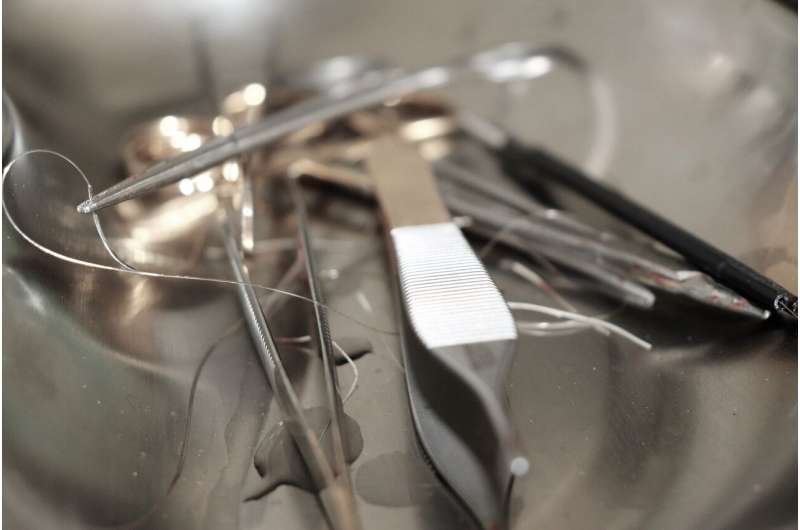generic diamox pharm support group no prescription


Question: My friend had a stoma created after years of managing Crohn’s disease. She recently had surgery to repair a hernia. What is a stoma, and are these types of hernias common? What is the typical treatment?
Answer: Occasionally, the surgical treatment of Crohn’s disease, ulcerative colitis and other gastrointestinal, gynecologic, or urologic conditions, both cancerous or benign, may require reconstruction or removal of the bladder, colon, or rectum.
Surgeons may use other parts of the intestine to replace the function of these organs to facilitate the removal of urine or stool from the body. When this is done, cyclosporine drops side effects the surgeon constructs a stoma, a small opening in the abdomen used to remove this body waste into a collection bag.
When the stoma is connected to the urinary system, it is known as an urostomy. If the stoma is releasing stool, it can be an ileostomy constructed from the small intestine or a colostomy made from the colon, also known as the large intestine. Stomas may be temporary or permanent depending upon why they were constructed. If they are temporary, another operation is required to reverse them.
While adjusting to your stoma may take some time, you can lead a completely normal life with a stoma—there are really no limitations on activities.
Because a hole in the abdominal wall is required to construct a stoma, that hole can enlarge over time and become a hernia. An abdominal wall hernia is a condition where some abdominal tissue or part of an abdominal organ, most commonly the intestines, protrudes through the abdominal wall. From the outside, this may result in a noticeable bulge.
Hernias may cause no symptoms or become quite symptomatic as they enlarge. Discomfort or pain with activity is the most common symptom of an abdominal wall hernia. Occasionally, hernias containing a portion of the intestine may result in an intestinal obstruction which can be life-threatening and require emergency surgery.
A hernia associated with a stoma is known as a parastomal hernia. Like other abdominal wall hernias, parastomal hernias result in a noticeable bulge and can have similar symptoms.
However, parastomal hernias can be very problematic for patients because the bulging around the stoma frequently interferes with the function of the appliance that collects the waste material. If the appliance seal fails, then waste material will leak out onto the skin. Parastomal hernia repair not only improves the function of the collection pouch, but it also improves the appearance of the abdominal wall.
Most patients who have a parastomal hernia may be candidates for robotic surgery to repair the hernia. Robotic repair typically results in improved outcomes with a shorter hospital stay and quicker recovery than open repairs. Robotic surgery can lead to lower rates of complications.
Parastomal hernias can be repaired, but it requires a higher level of surgical training and experience to perform a long-lasting repair of the abdominal wall without compromising the function of the stoma. It’s important for patients to seek out care at a high-volume hospital, like Mayo Clinic, to lower the recurrence rate of future hernias.
2023 Mayo Clinic News Network. Distributed by Tribune Content Agency, LLC.
Source: Read Full Article